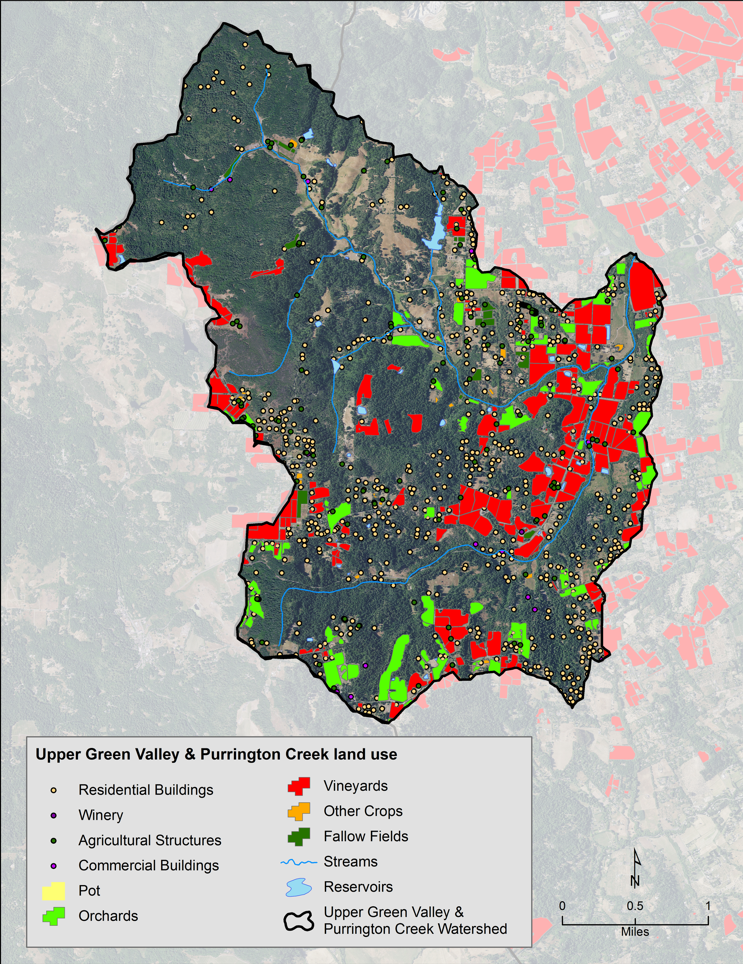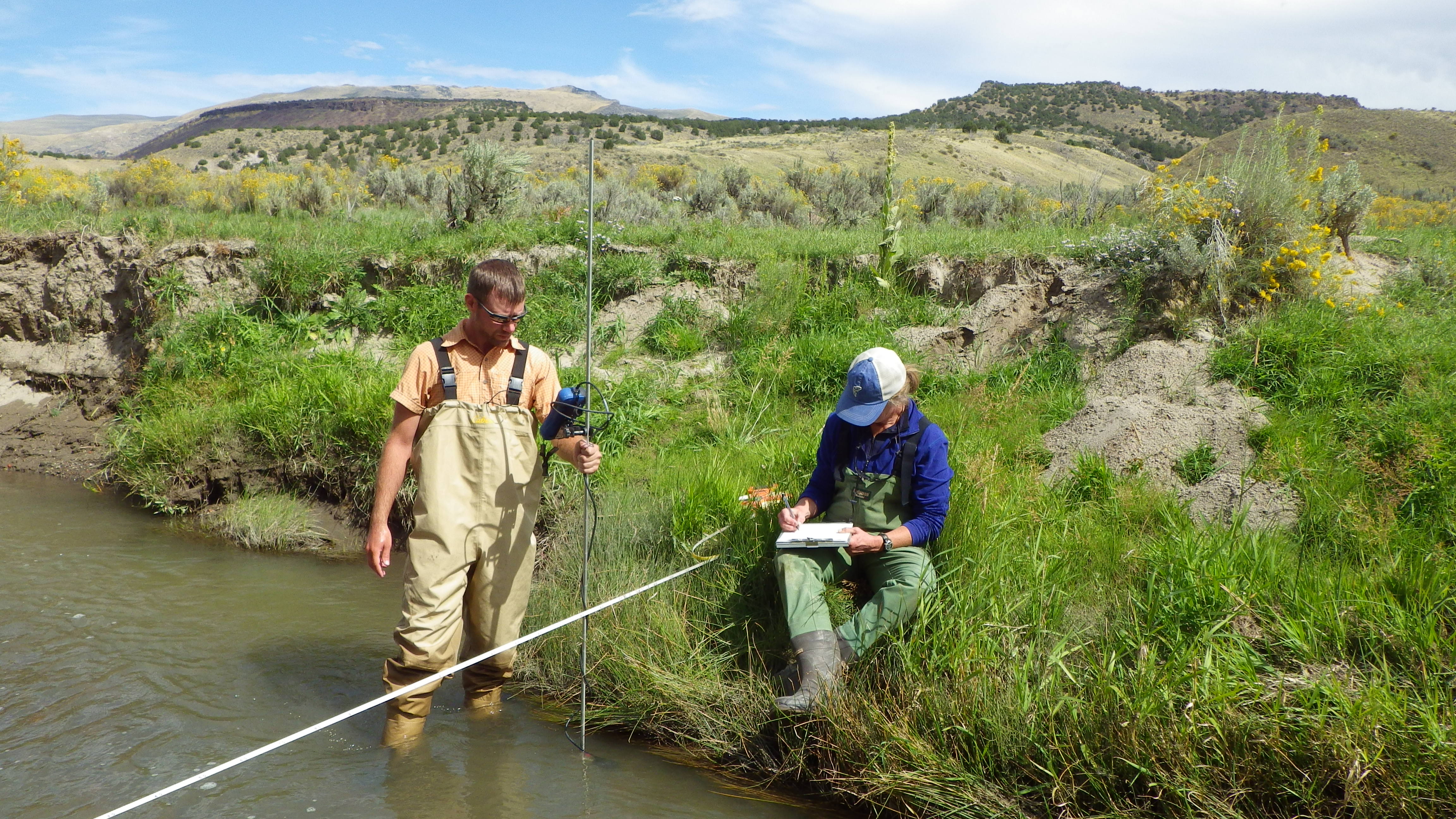
Effectiveness of restoration practices is revealed through monitoring, which is especially important for emerging restoration approaches. Process-Based Restoration (PBR) techniques have emerged to mimic the ecological processes of beaver dam building, wood recruitment, and more. We are working with TU staff and partners to monitor several PBR projects using field-based and remote-sensing techniques. Learn more here.
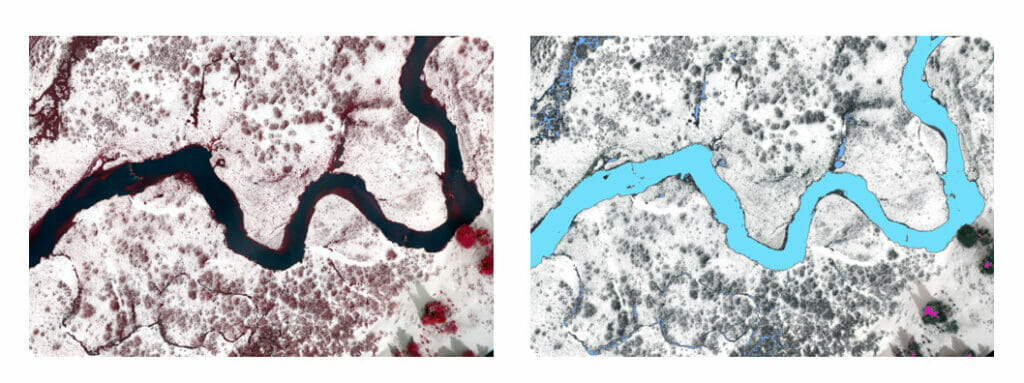
When we complete a stream or river restoration project, how do we know the project is working as intended two or 10 years down the road? Effectiveness monitoring is a form of monitoring specifically aimed at determining if an action, such as habitat restoration or streamflow protection, is meeting – or has met – the goals originally set out for the project. The monitoring is designed to determine if an action has had its desired effect. Trout Unlimited and its partners routinely engage in project effectiveness monitoring to ascertain if certain restoration techniques actually work or not. In some cases, effectiveness monitoring, if done over the course of project implementation, can yield information that helps project managers adapt or change course as the project proceeds as a form of adaptive management.

Evaluating effectiveness of acid mine drainage remediation
Trout Unlimited staff have been working in Kettle Creek and the broader Susquehanna River Basin in Pennsylvania to restore acid mine drainage. Acid mine drainage impacted streams can have low pH and high metal concentrations that are detrimental to aquatic life. Effectiveness monitoring has not only shown that water quality has improved from restoration work, but that benthic macroinvertebrates have recovered as well. Fish monitoring has shown eastern brook trout to have been found in restored stream for the first time in 100 years, and that populations are now abundant with more than 500 fish per acre.
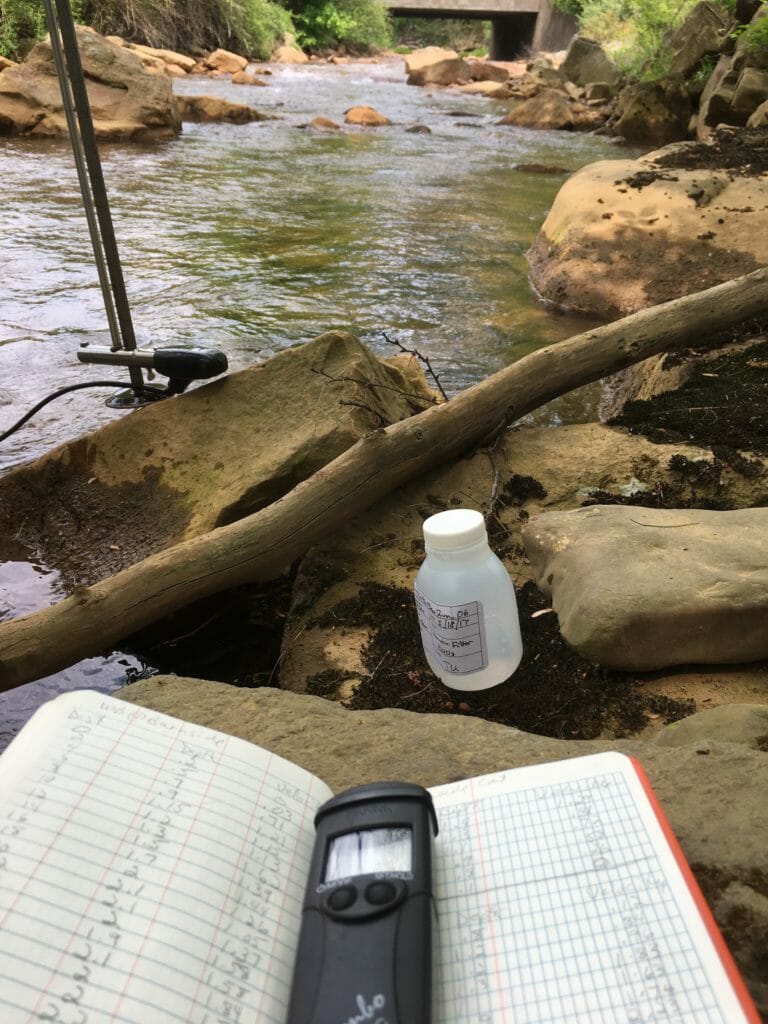
Stream restoration effects on groundwater and streamflows
Stream restoration projects often have clear benefits to habitat, both instream and throughout the floodplain. However, restoration’s effects on natural storage and streamflow is not well understood. In Ninemile Creek near Missoula, Montana, Trout Unlimited and partners restored the meandering characteristics of a placer-mined stream and reconnected its floodplain. TU then partnered with the University of Montana to study the impacts to hydrology, with some exciting results. Through groundwater and streamflow monitoring, we saw improved floodplain storage of groundwater in the Spring, as winter snow melted. This stored water was then available to support late-summer flows. In fact, we estimate that for every mile restored, there was an additional 0.5 cubic feet of cold groundwater entering the stream every second. That is water that would have previously been lost in spring runoff, but now fills the pools on Ninemile Creek in late August.
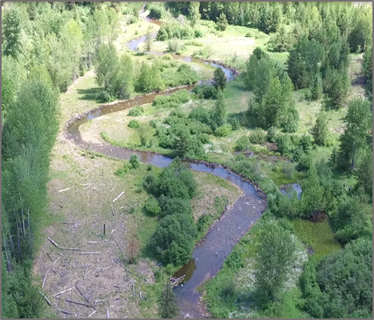

Conservation hydrology
Trout Unlimited’s Conservation Hydrology team operates 50 gauges in California to study the hydrology of coastal systems, the impacts of human water uses on streamflow conditions and the ecological response to minute streamflow. Through our hydrologic studies we have identified the impacts of direction diversions on coastal streams, the effects of water releases on streamflow and the cumulative impact of the recent drought on streamflow conditions.
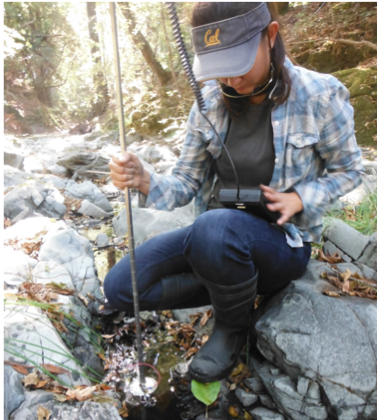
Additionally, the data from our work is being used by fisheries biologist at California Sea Grant to study juvenile coho survival in relation to streamflow. Through our partnership work pool connectivity has been identified as a key factor in juvenile coho persistence through the dry season. The number of days of stream disconnection was identified as having the strongest correlation to coho survival in multiple stream reaches. Because of this finding, we developed reach-specific connectivity thresholds — the streamflow above which pools remain connected—as a metric for monitoring watershed health.
